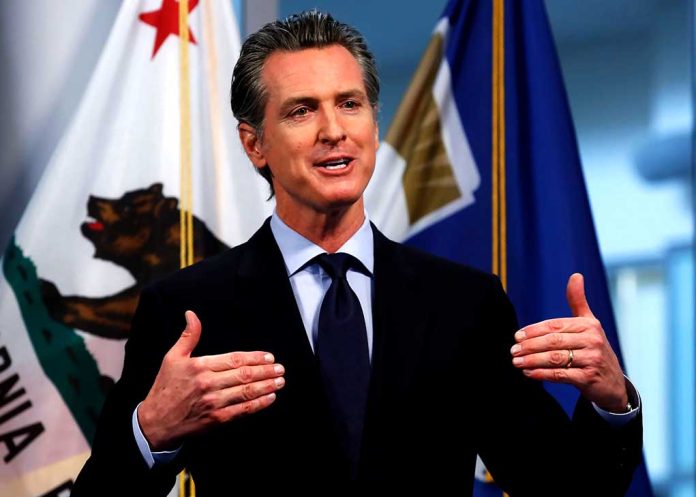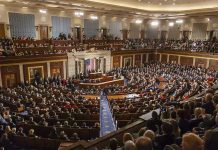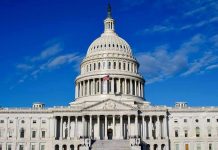
Governor Gavin Newsom’s water management strategies face intense scrutiny as wildfires ravage Los Angeles, with allegations of misallocation compromising fire suppression efforts.
At a Glance
- Newsom claimed state reservoirs were “completely full” during LA fires, but faced immediate backlash
- Santa Ynez Reservoir was offline for repairs, impacting firefighting water pressure
- President-elect Trump criticized Newsom’s water management policies
- Newsom launched an investigation into the Santa Ynez Reservoir’s diminished capacity
- Fires have destroyed over 12,300 homes and resulted in at least 16 deaths
Newsom’s Controversial Reservoir Claims
As wildfires continue to devastate Los Angeles, California Governor Gavin Newsom has found himself in the hot seat over his administration’s water management policies. The governor’s recent claim about the state of California’s reservoirs has ignited a firestorm of criticism and raised questions about the allocation of resources for firefighting efforts.
Newsom boldly stated, “The reservoirs are completely full — the state reservoirs here in Southern California. That mis- and disinformation I don’t think advantages or aids any of us.” However, this assertion was quickly challenged, particularly in light of the dire situation at the Santa Ynez Reservoir.
“The reservoirs are completely full — the state reservoirs here in Southern California. That mis- and disinformation I don’t think advantages or aids any of us” stated Gavin Newsom. The governor’s statement was made in response to criticism from President-elect Donald Trump about California’s water management. Trump had accused Newsom of not allowing excess water to flow into fire-affected areas, exacerbating the wildfire crisis.
Santa Ynez Reservoir Controversy
Contradicting Newsom’s claim of full reservoirs, it was revealed that the Santa Ynez Reservoir, crucial for firefighting efforts in Los Angeles County, was offline for repairs during the fires. This significant oversight severely impacted water pressure for firefighting operations, potentially hampering efforts to control the blazes.
Faced with mounting evidence of the reservoir’s compromised state, Newsom was forced to acknowledge the issue and announced an independent investigation into the status of the Santa Ynez Reservoir. He stated, “That’s exactly what triggered my desire to get the investigation to understand what was happening with that local reservoir.”
Political Fallout and Blame Shifting
As criticism mounts, Newsom has attempted to shift some blame to local officials for inadequate preparations and response to the fires. This move has further intensified the debate over responsibility and accountability in managing California’s recurring wildfire crises.
In an attempt to de-escalate tensions with the incoming administration, Newsom extended an invitation to President-elect Trump to visit California and witness the fire damage firsthand. “I called for him to come out, take a look for himself. We want to do it in the spirit of an open hand, not a closed fist,” Newsom stated.
Ongoing Crisis and Future Concerns
The current wildfire crisis has already exacted a devastating toll, with over 12,300 homes destroyed and at least 16 lives lost. Firefighters continue their relentless battle against the Palisades, Eaton, and Hurst fires, with no immediate end in sight.
Adding to the controversy is the revelation that California voters approved Proposition One over a decade ago to build new reservoirs, yet none have been completed. This lack of progress in water infrastructure development raises serious questions about the state’s long-term preparedness for both drought and wildfire seasons.
As the investigation into the Santa Ynez Reservoir unfolds and efforts to combat the fires continue, Californians are left grappling with the harsh realities of climate change, water management, and the critical need for effective leadership in times of crisis.
Sources:
California Gov. Newsom tries to weasel out of blame with reservoir claim — is immediately called out















